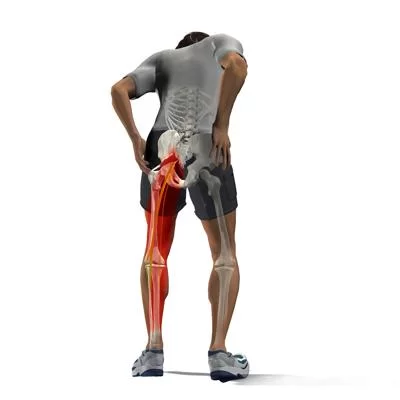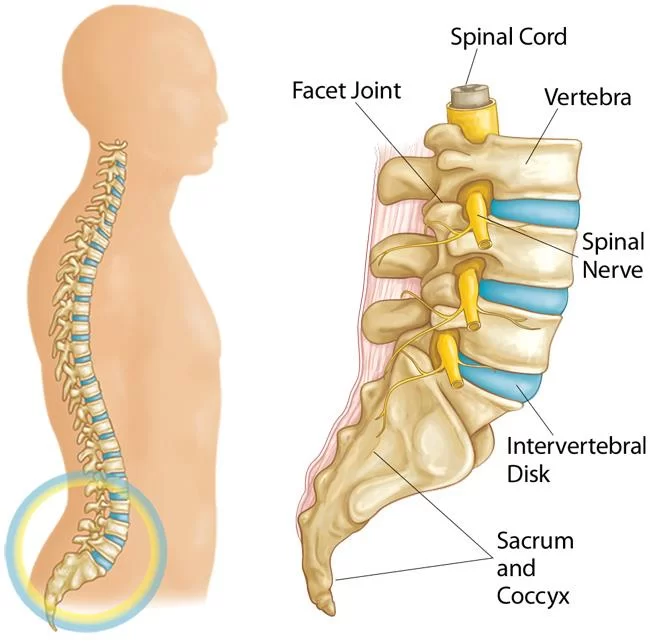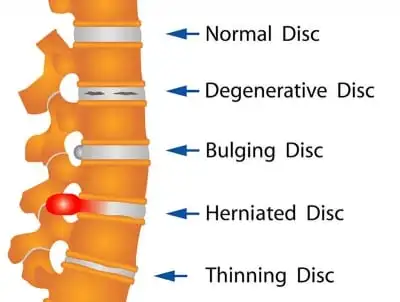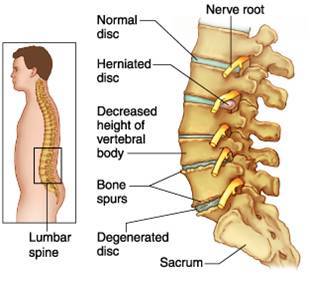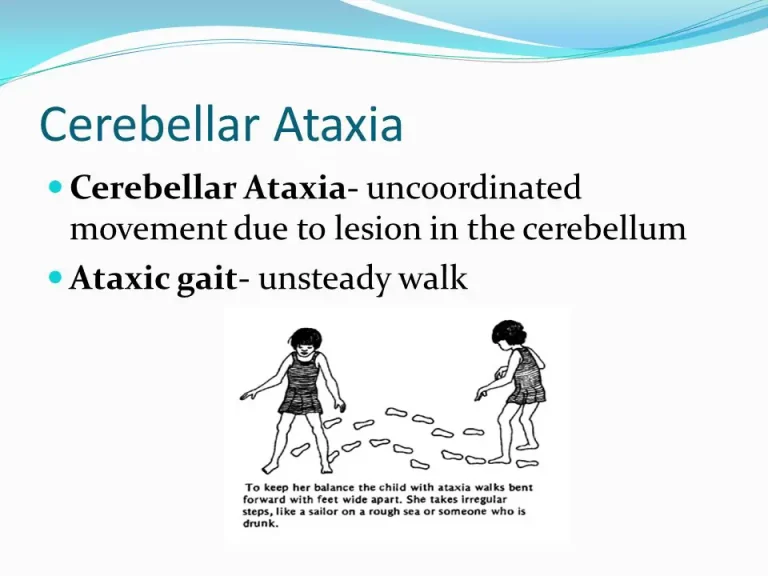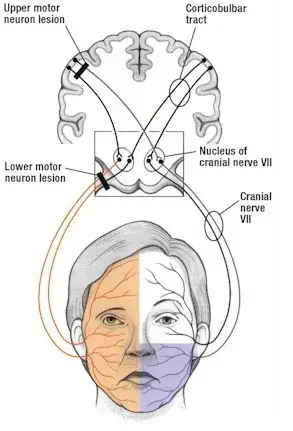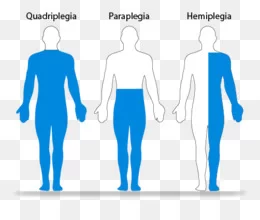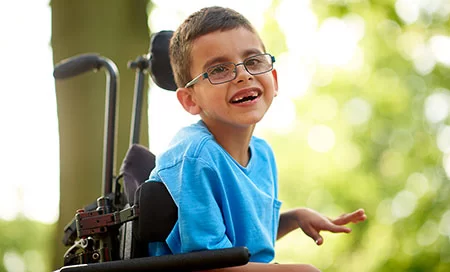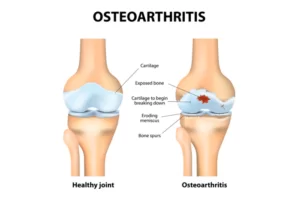Piriformis Syndrome
What is a Piriformis Syndrome? Anatomy of Piriformis Muscle Causes of Piriformis Syndrome Symptoms of Piriformis Syndrome Differential Diagnosis PATHOLOGY: Diagnosis INVESTIGATIONS: EXAMINATION: DIAGNOSTIC TESTS: Palpation: Pace sign: Lasèque sign / Straight Leg Raise Test: Freiberg sign: FAIR: Beatty’s maneuver: The Hughes test: Hip Adbuction Test: Treatment of Piriformis Syndrome Medical management: Surgical management: Physiotherapy…

